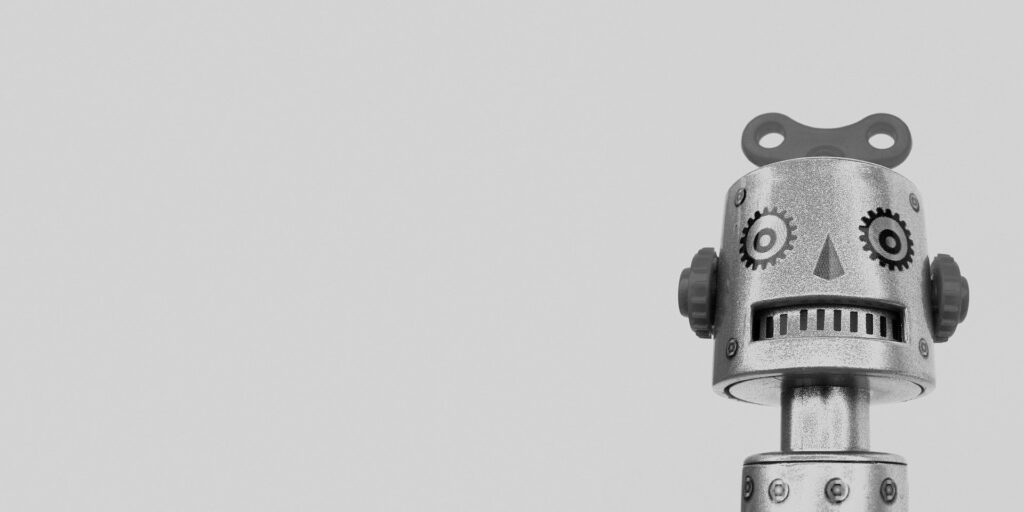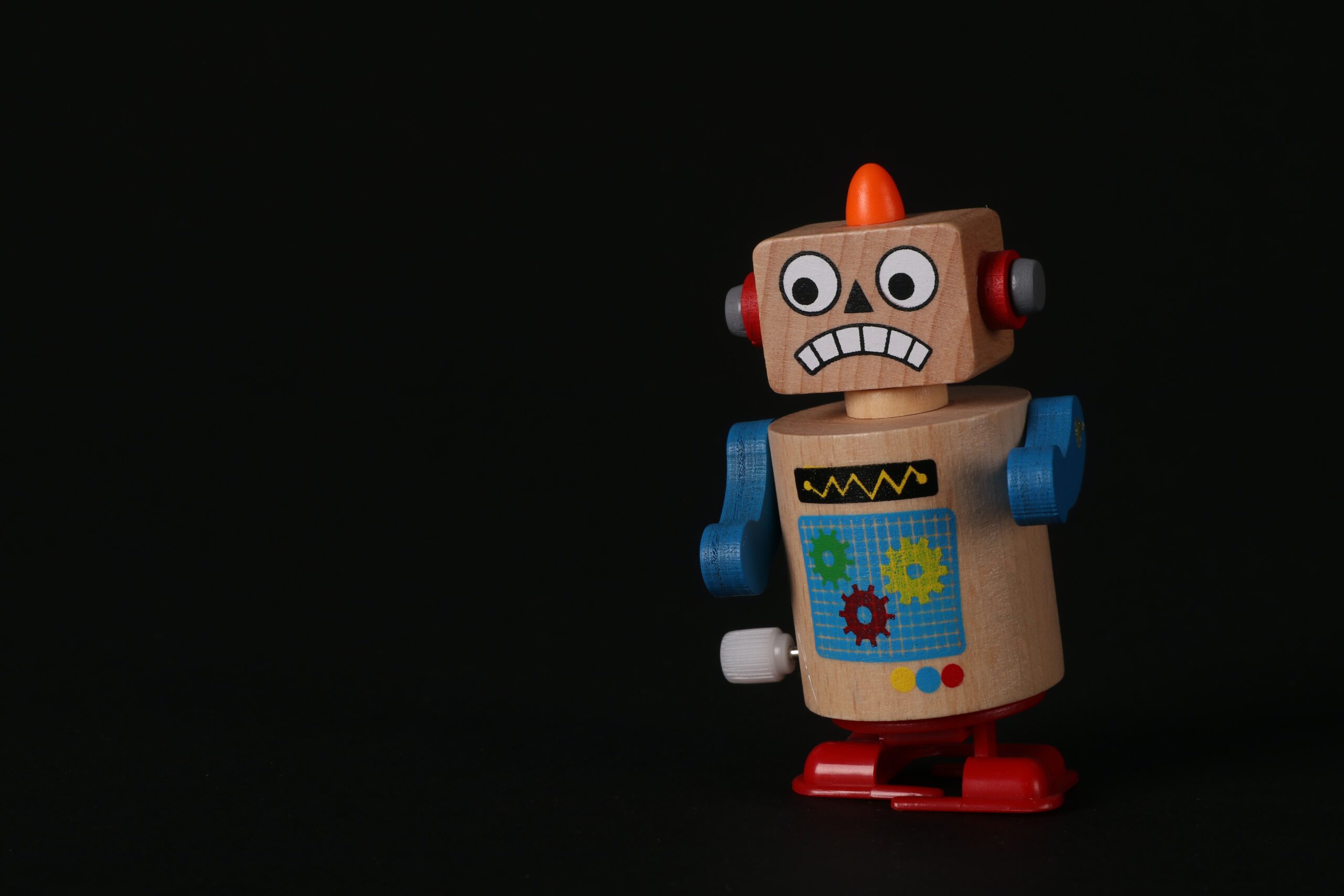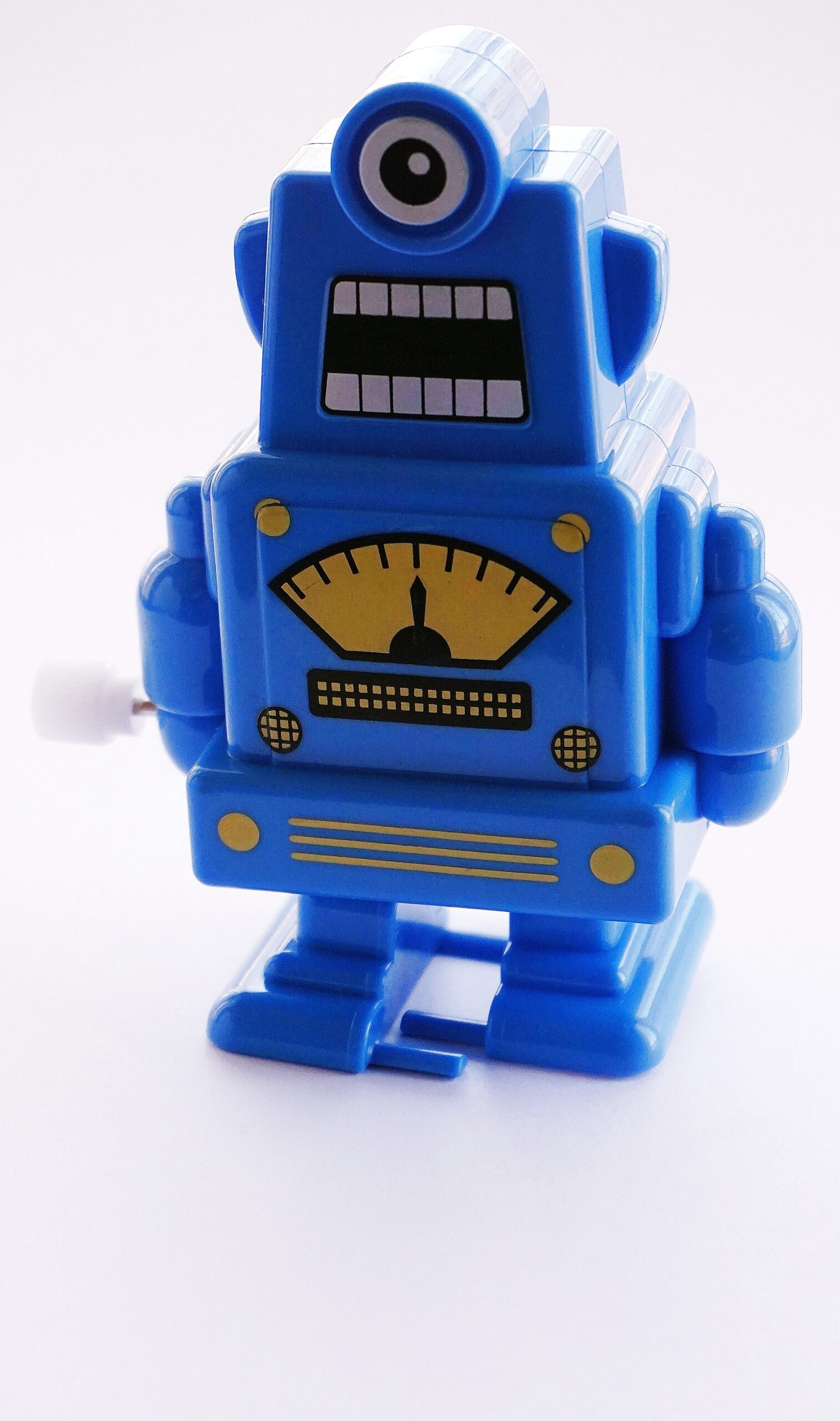Back in 2017 I shared lunch with the team of a major, glossy consumer publication. They wanted me to be in their Christmas issue. Except it was July and 30C. But behind the fake-snow etched windows I discovered 2 new interesting things.
The first was that it’s really hard to cross your legs, balance on your heels, smile and hold a present, all at the same time. (And I was really bad at it!) I discovered a new respect for models that I didn’t have before. The second thing I discovered was an empathy for the magazine professionals I was sharing lunch with. Technology was eating their world.
“Everyone with a phone now thinks they’re a photographer,” said the photographer while grabbing a bruschetta.
“Do you know how many teenage girls think they’re make-up artists?” piped up the make-up artist as she piled salad on her plate.
“Stop,” said the journalist as she washed a burrito down with a large swig of coffee. “We’re already being replaced by robots.”
Everyone stopped eating to stare at her. “What?” “They’re sacking the editors and making the remaining ones work over multiple titles,” she explained. “They’re chunking up our writing into reusable blocks and storing it in giant databases so it can be re-ordered, re-assembled and refreshed repeatedly. It’s only a matter of time before I’m replaced with an AI who can ingest press releases, churn out copy and doesn’t need bathroom breaks.”
I shuddered. We all did. I thought: “I’m so glad I work in B2B”.

Fast forward to May 2020 and Microsoft announced it was replacing journalists with journobots to select, edit and curate their articles, which meant 27 humans lost their jobs. One staff member said: “I spend all my time reading about how automation and AI is going to take all our jobs, and here I am – AI has taken my job.” The journalists emphasised the advantages of using actual humans such as their ability to detect an untrustworthy source, to remove unreliable copy and to assess how interesting something was. It didn’t seem to help them much.
Artificial journalism is now a big thing. Mainstream media outlets such as the BBC (Juicer) and Bloomberg (Cyborg) are already using it. Their AIs analyse data, extract patterns and create an article using natural language generation software. At first we could laugh at how bad the copy was; increasingly the laugh is on us.

I’m not sitting here feeling smug just because I’m on the other side of the fence. The FT’s Cait O’Riordan has noted that software such as IBM’s Project Debater threaten even people who make their living out of being opionated.
That’s you Dean Bubley.
I forecast that by 2030, Dean will be sitting on a beach while his AI – Disruptive Dane – is busy scoffing at the latest 6G forecasts which are valuing the market at a tad short of a quadrillion (by 2033).
In ‘Tech Trek: the next, next generation’, Tony Poulos‘s bot – Tektonymy – will still be complaining about having to travel all over the globe to opine about next-generation gesture-enabled charging and the very real problem of accidentally buying things you don’t want while watching football. (He’ll have a slightly more risque story about the problem of connected toilets he reserves for when he’s hosting augmented reality dinners.)
I hope to be retired by then and spending my days knitting. But the eye rolling Teresperience bot 2030 will still be paying my beer money having been trained to say “how are you going to make money out of that?” and “what do your customers actually want from 7G?” for the 1,476,833rd time, without the slightest hint of despair or boredom.
Dean Ramsey will still be flicking his greying hair out of his eyes, because there’ll be no effective substitute for the original Digital OSS Extreme Reality bot (or DOSSER1 as we affectionately know him). This is partly because there was no budget. He’ll be patiently talking about QoE sensitive services on quantum networks and how bandwidth hogs mean his dinner is getting cold before it’s printed. But his artificial assistant will produce highly persuasive and insightful reports while Dean is down the pub. She’ll diplomatically edit out his fading reminiscences about 5G network slicing. “Dean, no-one wants to hear about network slicing anymore,” she’ll gently chide while ordering him another Proper Job. (That’s a real ale joke, in case you were wondering.)

But it’s not just the journalists and opionators whose livelihood is being threatened. Who needs dodo wranglers when the dodos are all gone? We won’t need PR and AR bots to run around after us and massage our artificial egos.
PRAI-bots (say it) are so going to be a thing. They’ll use natural language generation to write press releases that journobots will turn into articles, and Big Data analytics to figure out which influencers are most likely to reach their target audience – creating custom stories to engage them. They’ll scrape the web for any mention of their client’s name and use image recognition to identify their logo in virtual reality shots. They’ll flag up faked vids that threaten their client’s brand and ensure their client always has their best filter on.
None of this will affect the old guard like me very much, but would you advise a young analyst to come into the industry knowing that opinion will very soon be commoditised, generated, distributed and even consumed by AIs?
Yes that’s right. Consumed. Influencers won’t be human in the world beyond 2035 but neither will their audience. Core PR skills will not be building relationships with influencers, but finding ways to influence and tweak selection algorithms.
How fast will our world disappear and change beyond recognition? Well, as you know, forecasts are notoriously optimistic, so we can reasonably expect a delay in delivery. But we should start thinking about what all of this means. At a very simple level how do you persuade an AI to write a story about your client? Because lunches, pens and gadgets won’t cut it any more. Is there just going to be a war of keywords? Will PRAI-bots employ cybercriminal techniques to insert influencer code into selection algorithms?
Back in 2017 Nicola Bruno for Nieman’s said: “No automated software or amateur reporter will ever replace a good journalist.” Bruno qualified that by saying it required journalists to adapt. However, here in 2020 I’m saying that’s not the problem and misses the point. The real issue is whether the skills of a good journalist, analyst or PR will be sufficiently valued – will provide enough perceived incremental benefit to justify paying the premium of delay and cost that comes with employing humans rather than AIs. The Internet is awash with badly written, spun, me-too, rehashed and unreliable copy. Maybe in the search for authenticity, Generation Z will spearhead a resurgence in real writing by real people. But to do that they need to figure out what the real human USP is.

Teresa Cottam is renowned commentator, analyst and speaker on the future of customer and employee experience and how technology is changing work. She is a judge for the GSMA’s GloMo awards, the World Communication Awards and Tech Trailblazers, and heads up analysis for telecoms industry analyst firm Omnisperience. She is currently running online Blue Sky workshops to explore the changes in the B2B Fourth Estate with PR companies, Marketing Agencies, and Publications.
Glossary
3G, 4G, 5G, 6G, 7G – generations of mobile networks. We are currently rolling out 5G
AI – artificial intelligence
bandwidth hog – someone or something using so much network capacity it causes the network to slow
B2B – business to business
B2C – business to consumer
OSS – operational support systems
PR – press relations
QoE – quality of experience
USP = Unique Selling Point
